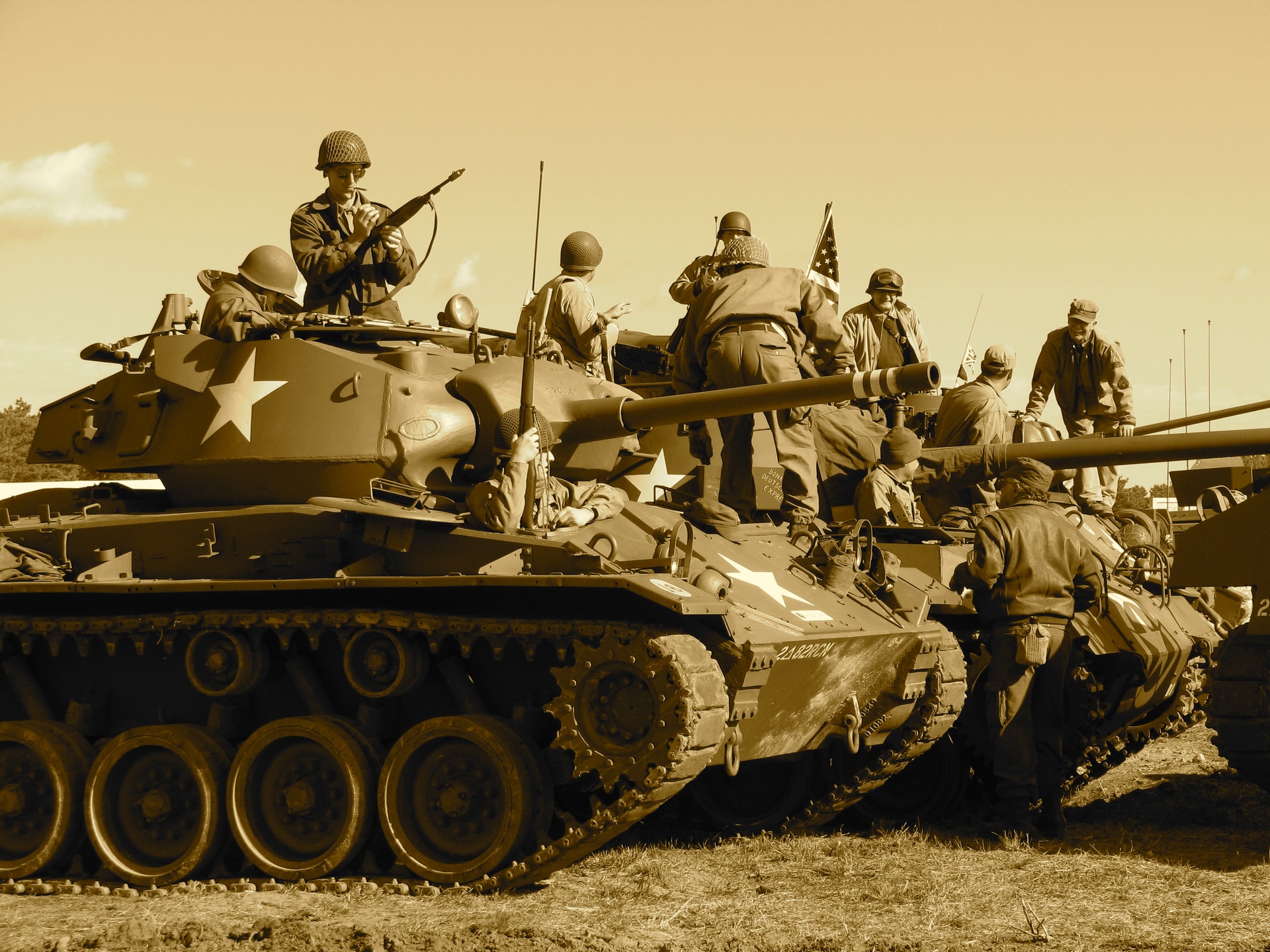Sometimes it’s easy to find the “best of the best” of anything really, but the best way to learn lessons is from what didn’t work. In military and war terms, this means looking at the guns that just don’t cut it so the future weapons of choice are better. Today, we are looking at 3 guns that didn’t and would ever, win any wars. It’s important to not rag on these completely though, they helped refined the guns that came after them, and those did win wars.
L85A1 Bullpup Rifle

I’ll start with the big one first, the L85A1 Bullpup rifle was the result of the United Kingdom pushing to be the first major NATO power to utilize a bullpup style assault rifle. This was a unique design as it placed the rifle’s operating mechanism and magazine behind the trigger, in bullpup fashion. In theory, this design has many benefits in that it allows the performance of a rifle while having the size of a submachine gun. This is best demonstrated by the comparison of the L85A1 to the US Marine’s M16A2 which is 39 inches long compared to only 30.9 inches long the L85A1 measures. So far so good right? Well not really.
The L85A1 Bullpup rifle had minor flaws such as requiring all shooters to shoot with their right hand as otherwise they would have brass eject into their face. But there were also serious issues such as the poor quality of the fit and finish. While the fit and finish issues could be addressed at the factory level, the design flaws could not be addressed and they included things such as extractor issues, corroded bolts, broken magazine release mechanisms and broken firing pins. Eventually, the UK contracted Heckler and Koch to revamp the design and fix the issue, costing the UK just under 100 million Euros. While it is a much better rifle these days, the L85A1 nameplate still makes many soldiers shudder.
Krummlauf

Technically, the Krummlauf was not a rifle, but it was an attachment for a legendary assault rifle, the STG-44. The Krummlauf was a barrel attachment for the STG-44 that the Germans developed during World War II. It was basically a curved barrel which had a periscope sighting device allowing for the user to shoot around corners from a position of safety. At the time this was quite innovative and is the basis for some of the designs of rifle technologies trying to do the same thing.
However, the Krummlauf made the STG-44 extremely unreliable. For starters, the barrel only had a lifespan of approximately 300 rounds for the standard 30” version and 160 rounds for the 45” version. This is obviously not ideal but there were even bigger issues such as the fact the barrel could cause the bullets to shatter upon exit into. Multiple fragments. In hindsight, I like to think the Krummlauf tied up the Nazi’s enough that it allowed the war to end quicker so there’s that.
Villar Perosa

The Villar Perosa was an Italian portable automatic firearm developed during World War I. It was originally intended to be used by the second crew member/observer of military airplanes but ended up getting issue to ground troops as an anti-aircraft gun. The design was definitely a head of its time and unique, with two barrels operating as machine guns featuring a butterfly grip and two thumb triggers. So, what went wrong?
Well, the Villar Perosa was intended to shoot down aircraft but it was only capable of shooting 9mm rounds. This mean the gun simply did not have the fire power to do the job. But probably the most damaging flaw was the Villar Perosa’s magazine capacity which was limited to 35 round magazines. If you ever operated any anti-aircraft gun you would know how meaningless 25 round magazines would be for a gun with such intended use. The Italians did try to find other alternatives for the project but ended up simply scraping the project and cutting their losses.
Stay sharp.

